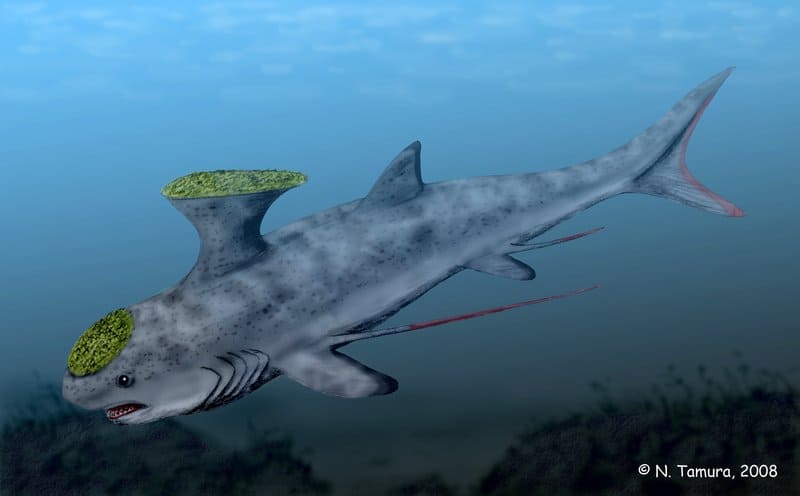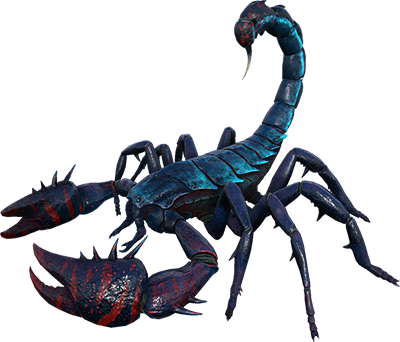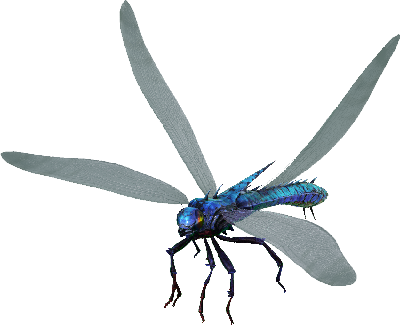Carboniferous Period Was a Pure Nightmare HORROR
**The Carboniferous Period (359-299 million years ago)**

During the Carboniferous period, the Earth’s climate was hot and humid, creating ideal conditions for dense, swampy rainforests. This environment fostered the evolution of a diverse array of prehistoric animals, many of which grew to impressive sizes. Here are some notable examples:
1. **Meganeura**:

– **Description**: Known as the largest dragonfly ever, Meganeura had a wingspan of nearly 1 meter (about 3.3 feet). It lived during the late Carboniferous period.
– **Physical Traits**: Comparable in size to modern-day hawks, Meganeura had large, powerful wings and mandibles.
– **Behavior**: As a swift aerial predator, it preyed on other insects and possibly small vertebrates. It could make sharp midair turns and dodge obstacles with agility. Males competed for mating rights by gathering around water bodies to lay their eggs.
2. **Arthropleura**:

– **Description**: A giant millipede-like arthropod, Arthropleura reached lengths of up to 3 meters (10 feet), making it the largest known terrestrial arthropod.
– **Physical Traits**: It resembled a giant centipede or millipede with jointed legs and a segmented body.
– **Behavior**: Despite its size, Arthropleura was a herbivore, consuming vegetation and decaying plant material. It lived in the lush, oxygen-rich forests of North America and Scotland.
3. **Stethacanthus**:

– **Description**: A small, shark-like fish that lived during the late Devonian and early Carboniferous periods, measuring up to 3 feet (about 1 meter) long.
– **Physical Traits**: It had a distinctive “ironing board” structure on its back, which was rough and possibly used for mating.
– **Behavior**: Stethacanthus was likely a bottom feeder but could chase down slower prey. The unique structure on its back was initially thought to be a type of fin but later recognized as a mating adaptation.
4. **Orthacanthus**:

– **Description**: A formidable freshwater fish reaching up to 10 feet (3 meters) in length, Orthacanthus lived from the late Carboniferous to the early Permian periods.
– **Physical Traits**: It had distinctive spiral-shaped teeth and was a close relative to modern sharks.
– **Behavior**: As an apex predator, Orthacanthus likely fed on other fish and may have resorted to cannibalism during times of food scarcity. Fossilized coprolites (fossilized droppings) reveal evidence of juvenile Orthacanthus in its diet.
5. **Megarachne**:

– **Description**: Known as the largest spider of its time, Megarachne’s body size was roughly comparable to a human head, and its leg span exceeded that of modern large spiders.
– **Physical Traits**: It had large fangs and a body size surpassing that of the modern Goliath bird-eating spider.
– **Behavior**: Megarachne was a solitary ambush predator, constructing silk trip lines to detect prey. It lived in underground burrows and was agile and fast, capable of leaping and quick movements.
6. **Tullimonstrum**:

– **Description**: Also known as the Tully monster, this enigmatic creature existed around 307 million years ago in shallow tropical waters.
– **Physical Traits**: It had stalked eyes, an elongated body, and a proboscis with sharp teeth. Its classification is debated, with some suggesting it might be a vertebrate due to the presence of a primitive backbone.
– **Behavior**: The Tully monster likely used its proboscis to probe the mud for food, feeding on both living organisms and decaying matter.
7. **Asteracanthus**:

– **Description**: A large, shark-like fish that lived between 313 and 307 million years ago, reaching lengths of up to 22 feet (6.7 meters).
– **Physical Traits**: It had serrated teeth arranged in a scissor-like pattern, which helped it slice through smaller fish and soft-bodied creatures.
– **Behavior**: Asteracanthus used its unique jaw structure to cut through prey and was likely a swift, open-water predator.
8. **Pulmonoscorpius**:

– **Description**: A giant scorpion-like arthropod that lived around 336 to 326 million years ago, with some specimens reaching lengths of over 2 feet (71 cm).
– **Physical Traits**: It had four eyes, which provided excellent visual clarity and spatial awareness.
– **Behavior**: Pulmonoscorpius was a carnivorous predator, preying on smaller arthropods, amphibians, and early reptiles. It used its claws and venomous sting to capture and consume prey.
9. **Meganeura (again)**:

– **Description**: Reiterated for its significant size, Meganeura had a wingspan estimated around 56 cm (22 inches).
– **Physical Traits**: It resembled modern dragonflies but was much larger.
– **Behavior**: Likely fed on plant juices, with its anatomy adapted for efficient aerial movement and feeding.
These creatures illustrate the diversity and scale of life during the Carboniferous period, highlighting a time of evolutionary innovation and ecological complexity.








